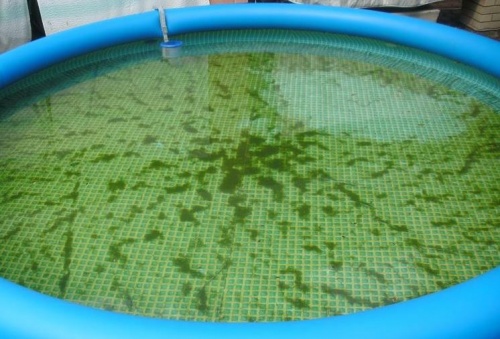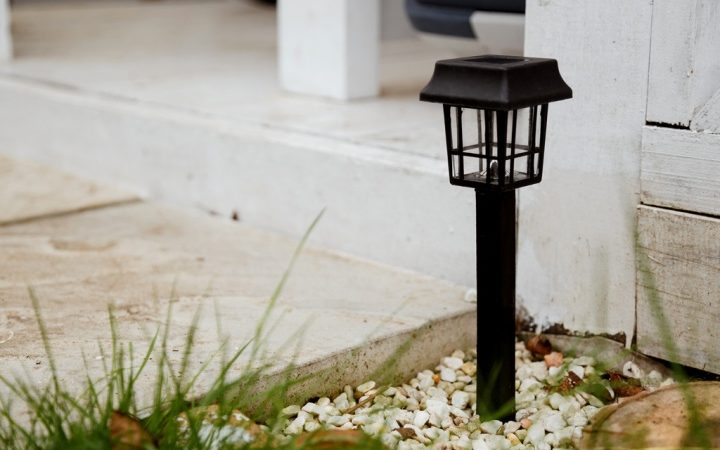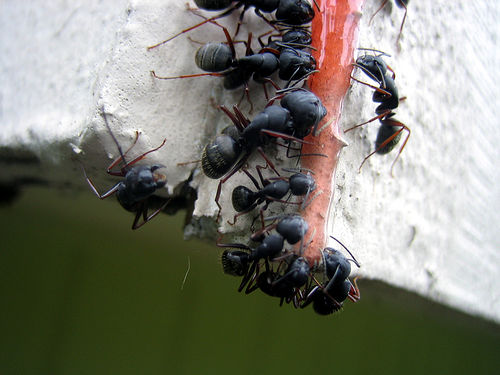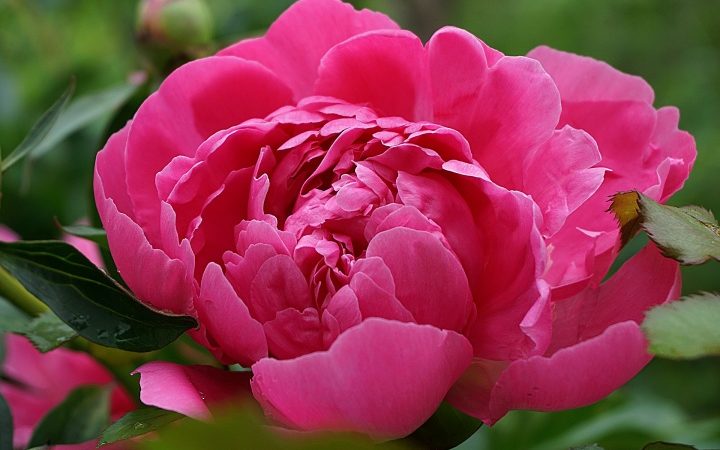What is permaculture?
If I had as many thousands of forints as I answered this question, I would be a happy gardener. Honestly, for me, permaculture is a way to grow natural food in the garden, this method makes plants stunningly beautiful and fertile, and also protects me from boring work, but it’s just one part of permaculture. Of course, it means much more than that.
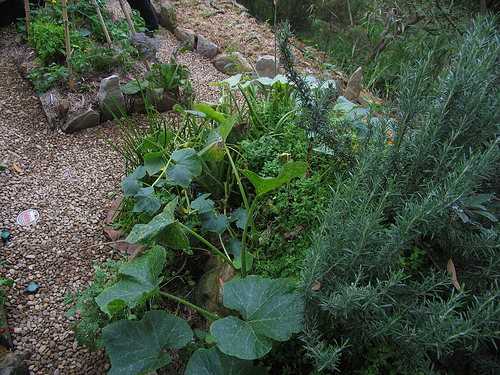
For many people, permaculture means a sustainable, healthy vegetable garden.
I will first begin with a presentation of the past and the official explanation of permaculture, and then make these official definitions understandable to average gardeners and suburban people as well.
All the world’s problems can be solved in one garden. You can solve the problem of pollution and find the tools to do so in your garden. Most people don’t know this, so they become insecure. (Geoff Lawton)
Homemade permaculture
Permaculture is a combination of the words permanent and culture, and this already suggests what it means. The philosophy behind permaculture is approx. Developed 30 years ago by Bill Mollison and David Holmgren in Australia. As a biologist, Bill Mollison has seen first-hand over the years what devastation humans can do in nature, but he has also had the opportunity to observe how ecosystems work, what keeps them in balance. Permaculture is the result of these observations.
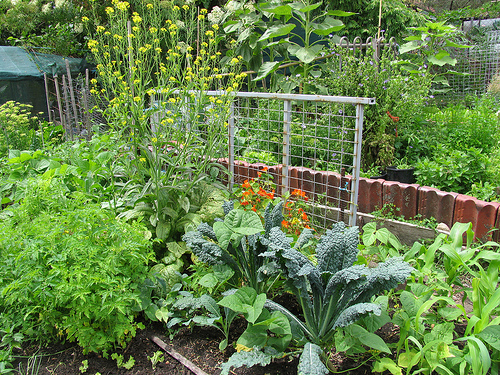
Bill Mollison and his student, David Holmgren, first published their idea in 1978 in a book entitled A Permaculture. In this book, they presented a design system that creates a sustainable human environment based on their observations in nature. In a later book, introduction to Permaculture, Bill Mollison writes:
˝The goal is to create a nature-friendly and economically viable system that creates the materials needed to sustain itself, which does not pollute, and not the purpose of exploitation, so it is sustainable in the long run. Permaculture uses the natural properties of plants and animals along with the characteristics of different landscapes to create a life-sustaining system for cities and villages, using little space.
Well, that sounds nice, but what does it mean?
Creating a permaculture
What Bill Mollison describes in his book is a fully integrated design system tailored to nature. If we design our garden or plot as a natural system, we can save a lot of work and energy and nothing is wasted. Just think about it, no one is digging or hoeing, planting or sowing, or maybe spraying in the woods, but somehow everything is fine. The forest itself educates and feeds its inhabitants, right?
If you have an awkward job in your garden, there is definitely a better way to do it or eliminate it. Let’s learn from nature. Nature has already found the solution to every problem we may encounter. Nature is the most efficient recycler, everything works in a cycle. There is no “waste” in nature, all resources. And most importantly: sustainable. This will work in the long run because it is not based on devices that run out over time, because it does not entail waste material and problems that will ultimately upset the operation of the system.
The keyword is planning. It all depends on how we put the elements together. Let’s see how everything works in nature and then try to copy and apply it in our garden as well.
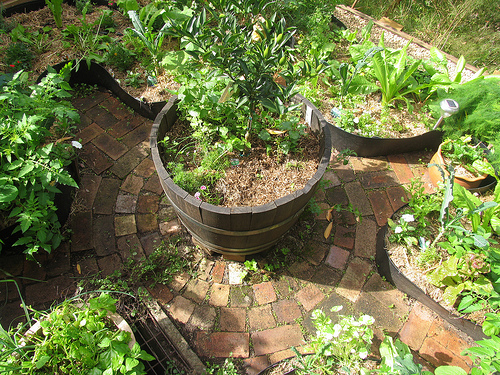
The beauty of this is that the principle of permaculture works everywhere, in every climate and at every level. It can be used in villages or housing estates (although this requires deeper knowledge and more planning) or in small gardens or balconies (which is very simple).
If we conceive and plan our permaculture garden in advance, it does not require much effort to maintain, because it basically takes care of itself and will be incredibly fertile, beautiful and attractive.
“Permaculture is about saving the planet to live 100 years while giving stunning evenings and building machinery that does most of the work.” (Linda Woodrow)

